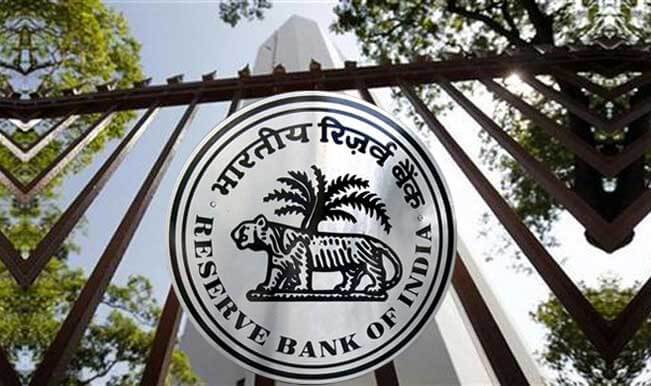RBI Red Flags NBFC Consumer Credit: Implications and Future Outlook

Overview
The Reserve Bank of India (RBI) has recently issued a caution regarding the rapid growth of consumer credit offered by Non-Banking Financial Companies (NBFCs). The central bank’s latest Financial Stability Report highlights the necessity for closer monitoring of certain NBFCs, emphasizing the need for robust risk management practices as the industry faces evolving challenges.
NBFCs and Consumer Credit Surge
In recent years, NBFCs have become pivotal in providing consumer credit, filling a crucial gap in financial services. This expansion has been fueled by increased consumer demand, technological advancements, and the NBFC sector’s agility in adapting to market needs. However, the RBI’s report sheds light on potential risks associated with this rapid growth, such as asset quality deterioration and systemic vulnerabilities.
The data reveals a substantial rise in NBFC consumer credit portfolios, which raises concerns about credit risk, operational risk, and the adequacy of existing risk management frameworks. With NBFCs now accounting for a significant share of the consumer credit market, the RBI underscores the importance of vigilant oversight to ensure financial stability.
RBI’s Call for Enhanced Monitoring
The RBI has called for enhanced monitoring of NBFCs with substantial consumer credit exposure. The report identifies a few key areas of concern:
1. Asset Quality: There is an observable shift in asset quality, which could lead to higher default rates if not addressed promptly.
2. Liquidity Management: Ensuring adequate liquidity buffers is crucial to withstand potential market disruptions.
3. Capital Adequacy: Maintaining sufficient capital reserves is essential to absorb losses and sustain growth.
4. Governance and Compliance: Strengthening governance structures and compliance measures is necessary to mitigate risks.
The RBI emphasizes that NBFCs must adopt robust risk management practices, focusing on early warning systems and stress testing to navigate potential economic shocks.
Implications for the Industry
The RBI’s cautionary stance serves as a wake-up call for NBFCs and stakeholders across the financial sector. It highlights the need for a proactive approach to managing growth while ensuring financial soundness. Here are some key implications for the industry:
• Increased Regulatory Scrutiny: NBFCs can anticipate more rigorous regulatory oversight, emphasizing transparency and accountability.
• Innovation in Risk Management: Embracing technological innovations such as AI and data analytics can enhance risk assessment and management capabilities.
• Focus on Sustainable Growth: Balancing growth ambitions with prudent risk management will be critical for long-term success.
• Collaboration with Regulators: Engaging with regulatory authorities to align strategies and ensure compliance with evolving guidelines will be vital.
Future Outlook
The NBFC sector stands at a crossroads, with opportunities for growth and innovation tempered by the need for careful risk management. The RBI’s warnings underscore the importance of building resilient financial institutions that can adapt to changing economic landscapes.
As the financial ecosystem continues to evolve, NBFCs must prioritize sustainable practices and foster a culture of resilience. By doing so, they can contribute to a stable and inclusive financial environment that benefits consumers and the economy.
Conclusion
The RBI’s red flag on NBFC consumer credit is a timely reminder of the delicate balance between growth and stability. By heeding the RBI’s advice and strengthening risk management frameworks, NBFCs can navigate challenges effectively and play a pivotal role in India’s financial future.
Source: Business Standard
This article provides a comprehensive overview of the RBI’s concerns and the implications for the NBFC sector, making it relevant and informative for readers interested in the latest industry trends and updates.
